
ICU WITH VENTILATOR
A medical ventilator (or simply ventilator in context) is a mechanical ventilator, a machine designed to move breathable air into and out of the lungs, to provide breathing for a patient who is physically unable to breathe, or breathing insufficiently.
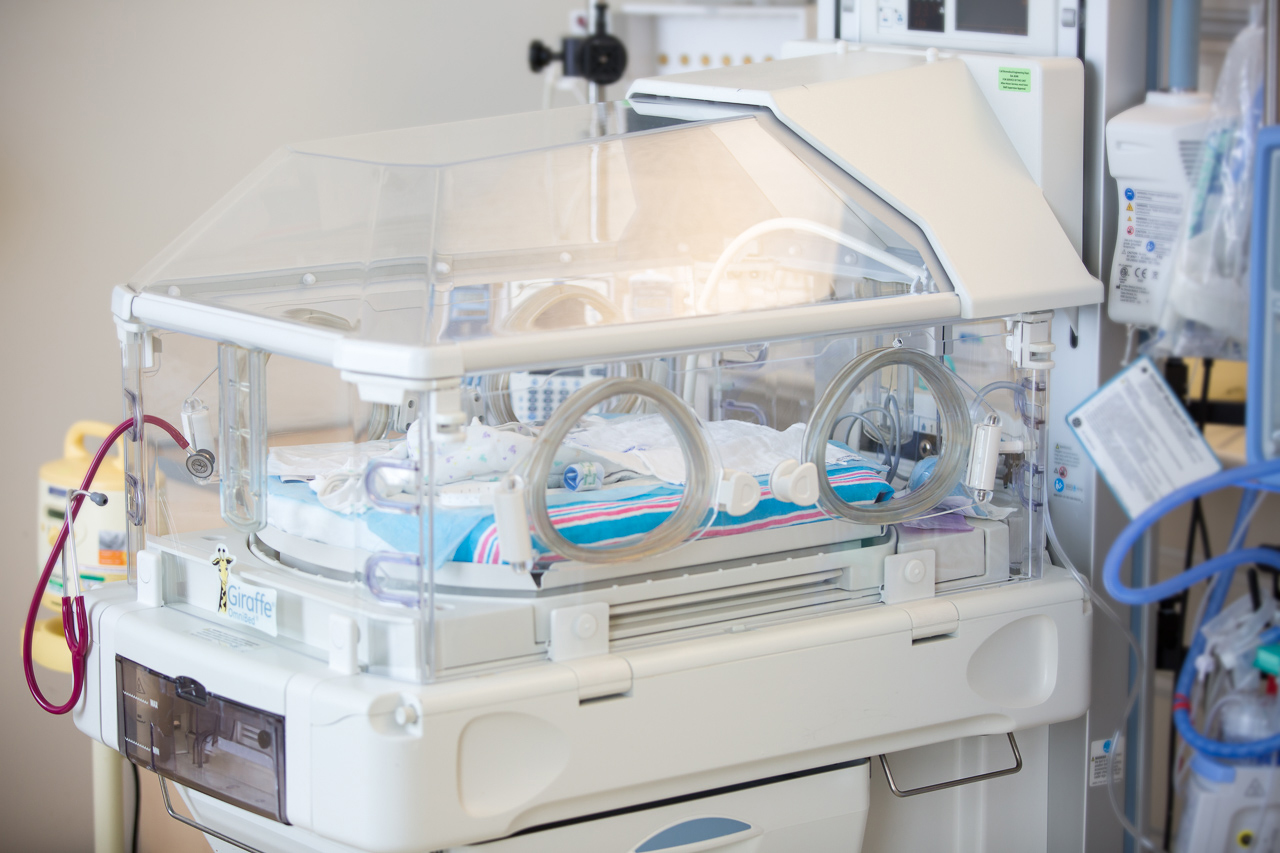
NICU
A neonatal intensive care unit (NICU), also known as an intensive care nursery (ICN), is an intensive care unit specializing in the care of ill or premature newborn infants. Neonatal refers to the first 28 days of life.
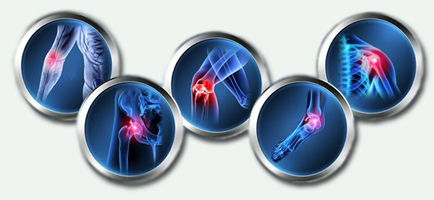
JOINT REPLACEMENT
Total joint replacement is a surgical procedure in which parts of an arthritic or damaged joint are removed and replaced with a metal, plastic or ceramic device called a prosthesis.
PEDIATRIC & NEONATOLOGY
Neonatology is a subspecialty of pediatrics that consists of the medical care of newborn infants, especially the ill or premature newborn. It is a hospital-based specialty, and is usually practiced in neonatal intensive care units (NICUs).
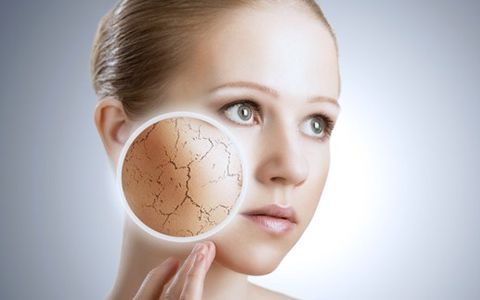
DERMATOLOGY & SKIN CARE
Dermatology is the branch of medicine dealing with the skin, nails, hair and its diseases. It is a specialty with both medical and surgical aspects.[3][4][5] A dermatologist treats diseases, in the widest sense, and some cosmetic problems of the skin, scalp, hair, and nails.
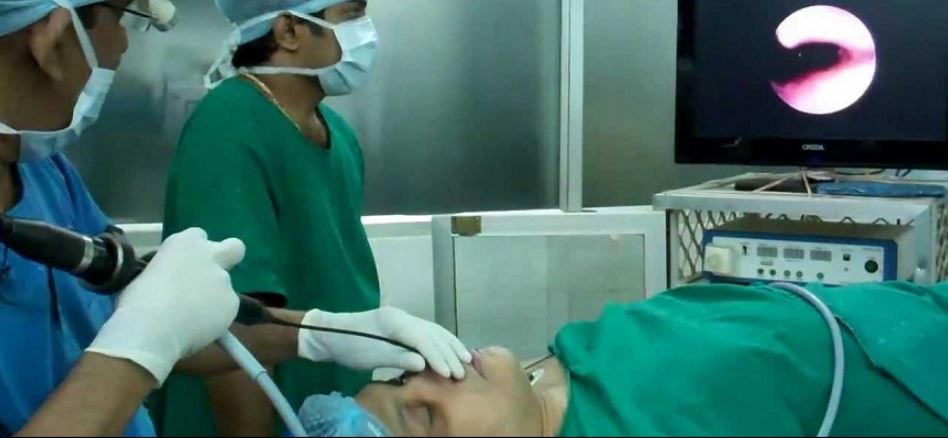
ENDOSCOPY
An endoscopy is a procedure in which your doctor uses specialized instruments to view and operate on the internal organs and vessels of your body. It allows surgeons to view problems within your body without making large incisions.
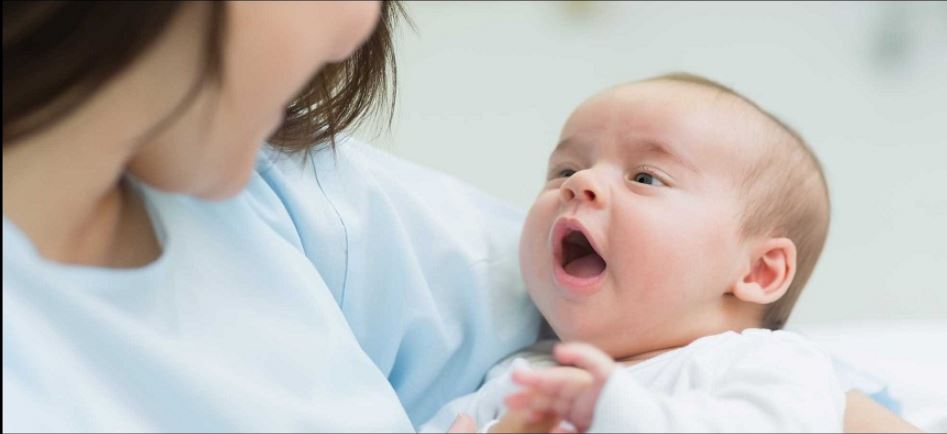
OBSTETRICS & GYNECOLOGY
Obstetrics and gynecology is the medical specialty that deals with pregnancy, childbirth, and the postpartum period (obstetrics) and the health of the female reproductive systems (vagina, uterus, and ovaries)...
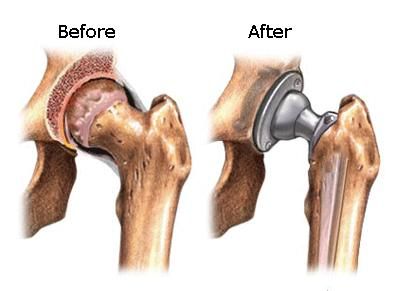
ORTHOPADIC & IMPLANT SURGERIES
An orthopedic implant is a medical device manufactured to replace a missing joint or bone or to support a damaged bone. The medical implant is mainly fabricated using stainless steel and titanium alloys for strength and the plastic coating that is done on it acts as an artificial cartilage.
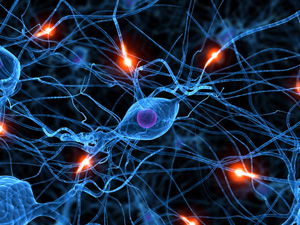
NEUROLOGY
Neurology is a branch of medicine dealing with disorders of the nervous system. Neurology deals with the diagnosis and treatment of all categories of conditions and disease involving the central and peripheral nervous systems

PHYCHIATRY
Psychiatry is the medical specialty devoted to the diagnosis, prevention, study, and treatment of mental disorders. These include various maladaptations related to mood, behaviour, cognition, and perceptions. See glossary of psychiatry.

PHYSIOTHERAPY
Physiotherapy, also called physical therapy, is used to treat pain by using methods such as interferential therapy, ultrasonic, short wave diathermy, wax therapy, and muscle strengthening exercises. Physiotherapy plays an important role in the recovery of stroke patients.
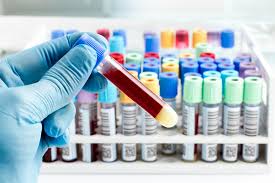
PATHOLOGY
Pathology (from the Greek roots of pathos (πάθος), meaning "experience" or "suffering" and -logia (-λογία), "study of") is a significant field in modern medical diagnosis and medical research, concerned mainly with the causal study of disease, whether caused by pathogens or non-infectious physiological disorder.

GENERAL SURGERY
General surgery is a surgical specialty that focuses on abdominal contents including esophagus, stomach, small bowel, colon, liver, pancreas, gallbladder, appendix and bile ducts, and often the thyroid gland(depending on patterns).

DIGITAL X-Ray
Digital radiography is a form of X-ray imaging, where digital X-ray sensors are used instead of traditional photographic film. Advantages include time efficiency through bypassing chemical processing and the ability to digitally transfer.
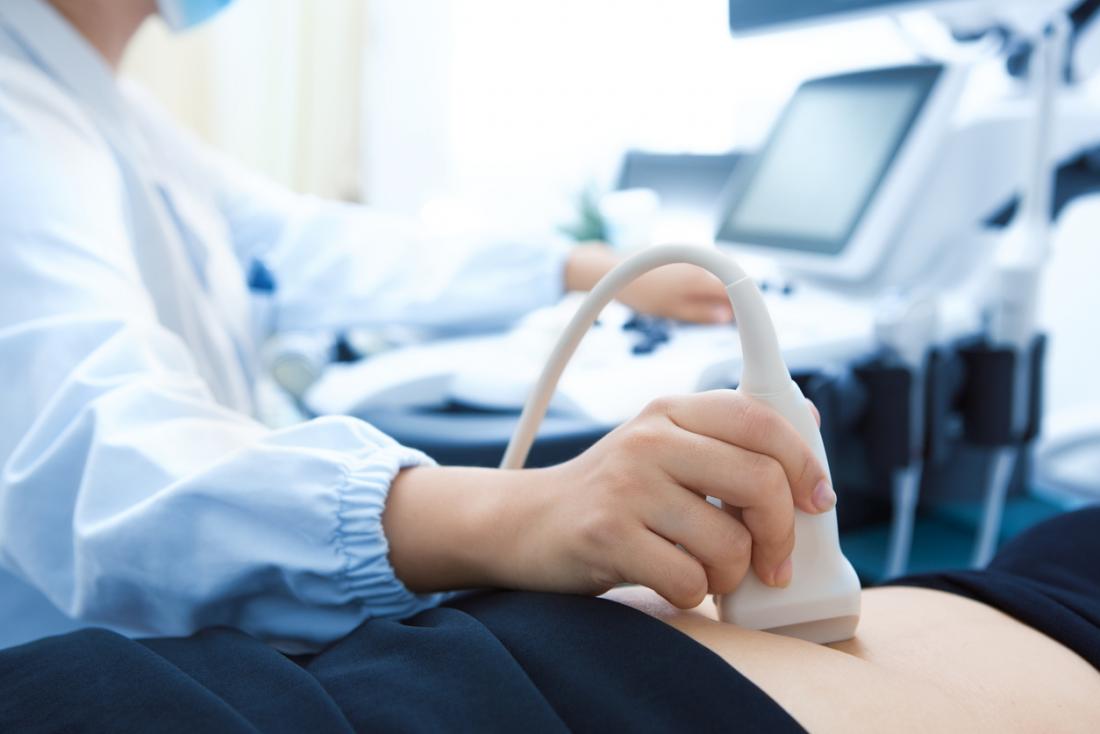
Sonography
A sonographer is a healthcare professional, who specialise in the use of ultrasonic imaging devices to produce diagnostic images, scans, videos, or 3D volumes of anatomy and diagnostic data, frequently a radiographer but may be any healthcare professional with the appropriate training.
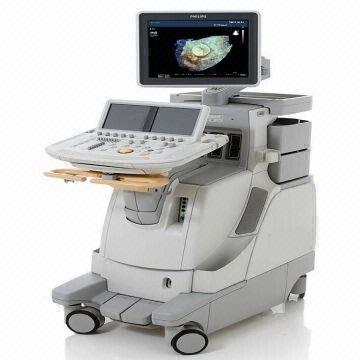
2D Echo
Diagnostic 2D Echo. Two-Dimensional Echocardiography can provide excellent images of the heart, paracardiac structures, and the great vessels. During a standard echo, the sound waves are directed to the heart from a small hand-held device called a transducer, which sends and receives signals.
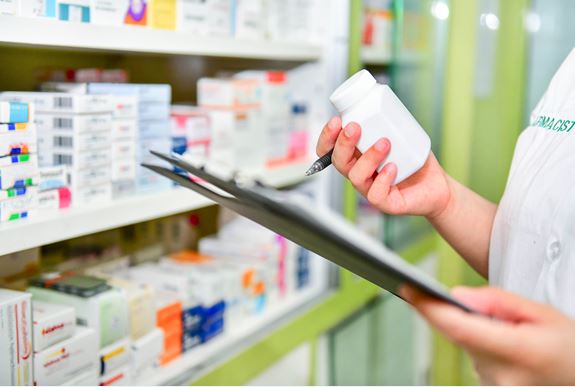
PHARMACY
Pharmacy is the science and technique of preparing and dispensing drugs. It is a health profession that links health sciences with chemical sciences and aims to ensure the safe and effective use of pharmaceutical drugs.
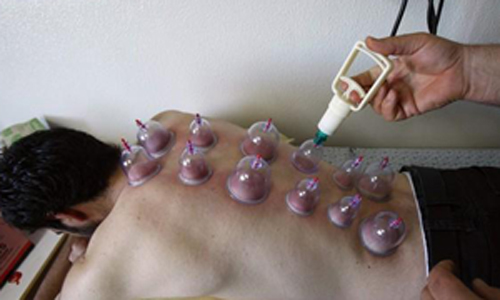
CUPPING & HIJAMA THERAPY
Cupping therapy is a form of alternative medicine in which a local suction is created on the skin. Cupping has been characterized as pseudoscience.There is no evidence it has any benefit on health and there are some concerns it may be harmful. Through suction, the skin is drawn into the cup by creating a vacuum in the cup placed on the skin over the targeted area.